Saint Mary of Piasca
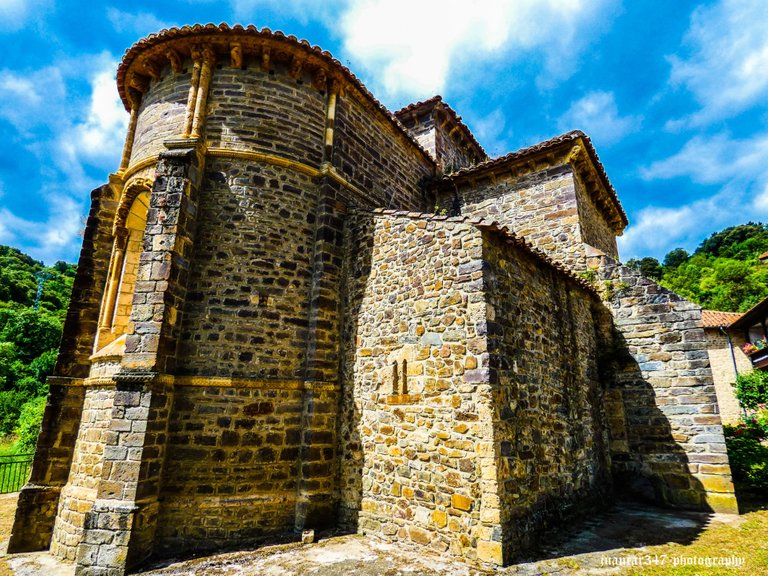
If the traveler leaves Potes in the direction of the Castilian Plateau, taking as an alternative to having to descend again the spectacular windings of the La Hermida gorge and avoiding making an unnecessary detour to reach the Cantabria Highway, at the approximate height of Puente Viesgo , will choose, as a bet on adventure, the main road, which, through fifty kilometers, will lead you to Cervera de Pisuerga, making you shudder with the vision of its shady mountains and forests, its small villages hidden in the mist morning waves and the curves, as sharp as the horseshoes of a horse, that intersect the ascents and descents of ports that you have probably never heard of in your life.

But that same path, which has barely changed since those medieval times when the brotherhoods of stonemasons had to go, it could be said that necessarily, to the quarries located in Campoo, will make you live an extraordinary experience, especially if one of your passions it is Art, in general, and Romanesque Art, in particular.
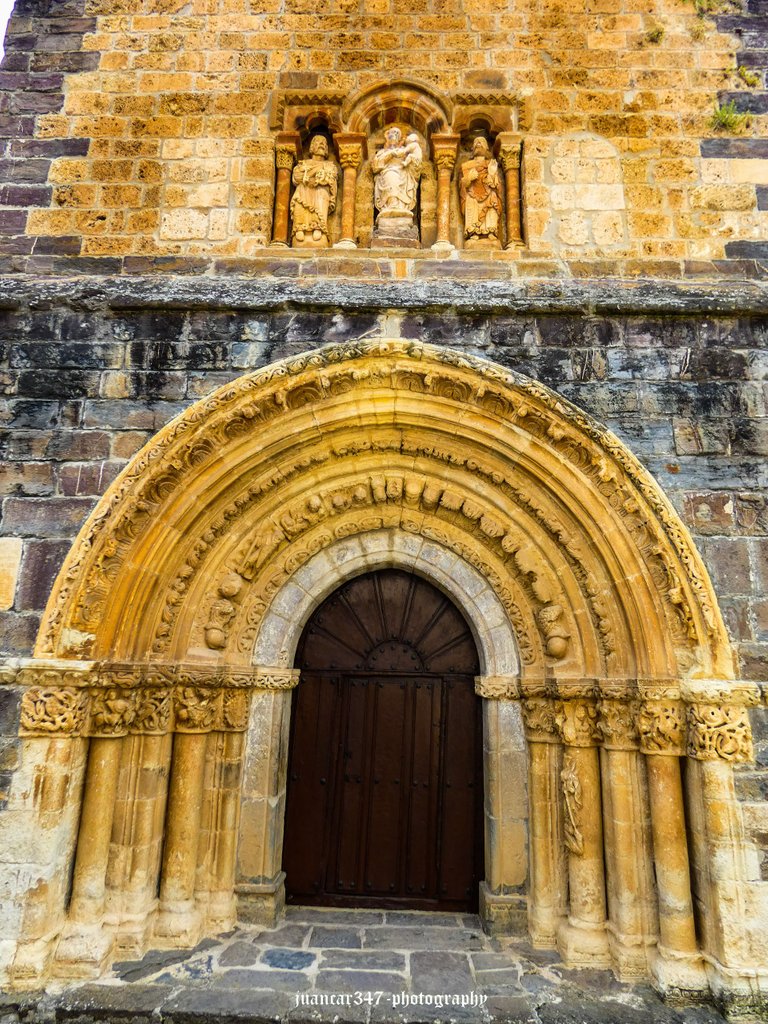
An adventure that begins, however, long before having to face this picturesque and dangerous route, since the trip has barely begun and just under ten kilometers away from Potes and a few less from Cabezón de Liébana, you will not be able to avoid the temptation to approach the small town of Piasca and let yourself be carried away, not only by its charm, but also by the remarkable mystery that surrounds its formidable Romanesque church, dedicated to the figure of Santa María.

A church, which was the origin of a monastery, back at the dawn of the 10th century -which is said soon- which, according to the chronicles, had somewhat less relevance than the neighbor of San Martín de Turienzo -today, Santo Toribio de Liébana , final point of the hard pilgrimage path known as 'Camino Lebanensis'- and which, moreover, in its beginnings, had and retained something that, after all, was to a certain extent common in the monasteries of the Cantabrian Coast: a community of monks and nuns.
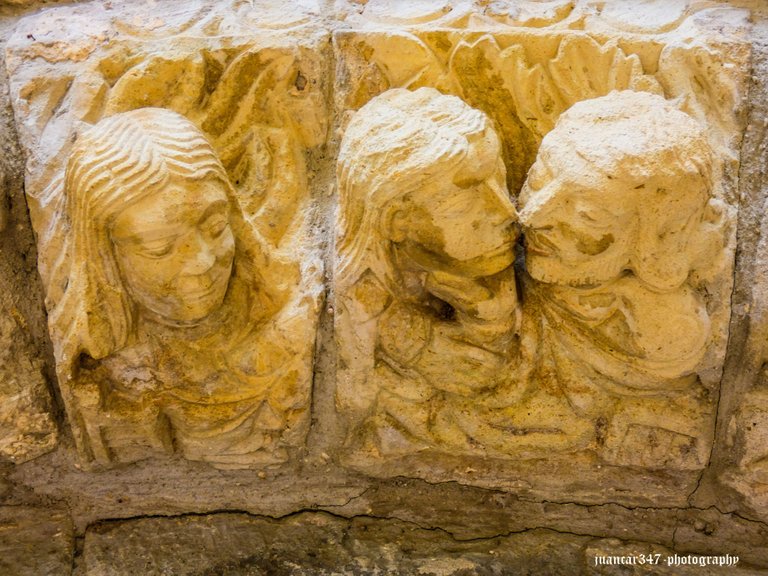
This type of double community, infrequent due to the carnal risks and dangers that could arise from this coexistence, seems to have been maintained until the 16th century, when the church was reformed two centuries before and among others, by a stonemason named Juan Fernández of Aniezo, possibly, the mysterious Master Juan of Piasca, of whom the legend tells that he represented himself, in one of the interior capitals that serve as support for the ribs of one of the apse chapels.
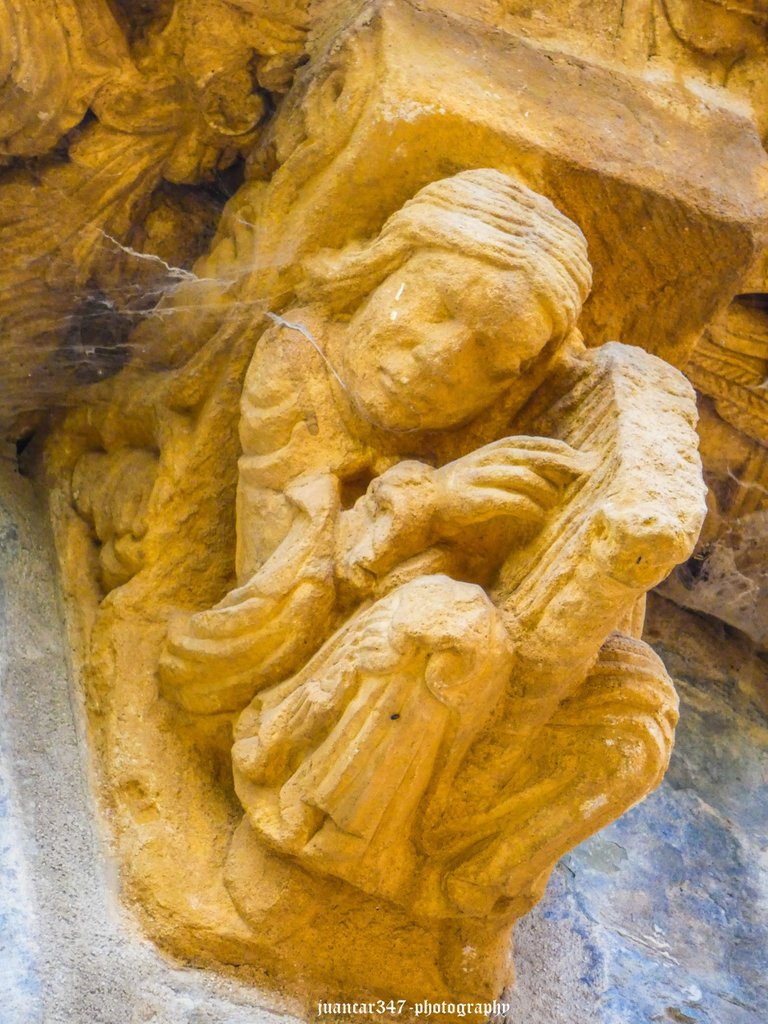
About the church, it is known that, as it is as a whole, it was built at the beginning of the 12th century, a period in which, paradoxically, it came to depend on the powerful Sahagún monastery in León, after the death of one of its most famous abbesse, named Urraca and noble origin.
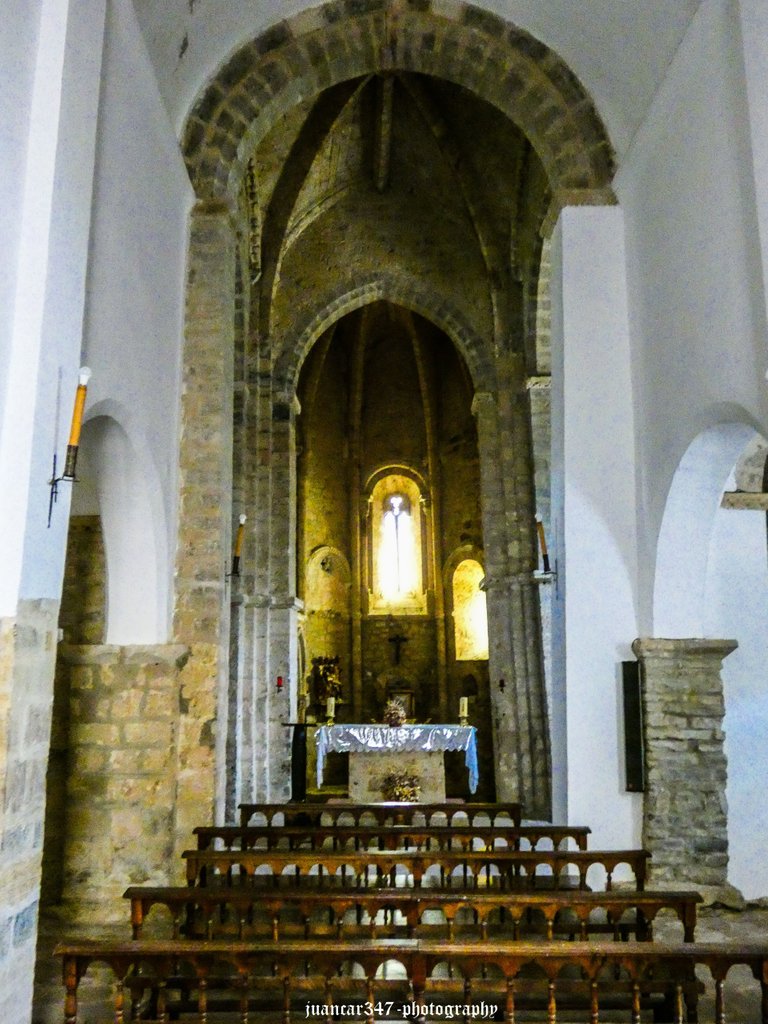
On the beautiful main doorway, facing west, stands out a triple archway, in the center of which is preserved the image of a Virgin with Child -which replaces another previous image, Romanesque and mysteriously disappeared- escorted, on both sides, by the figures -these are Romanesque- of San Pedro and San Pablo.
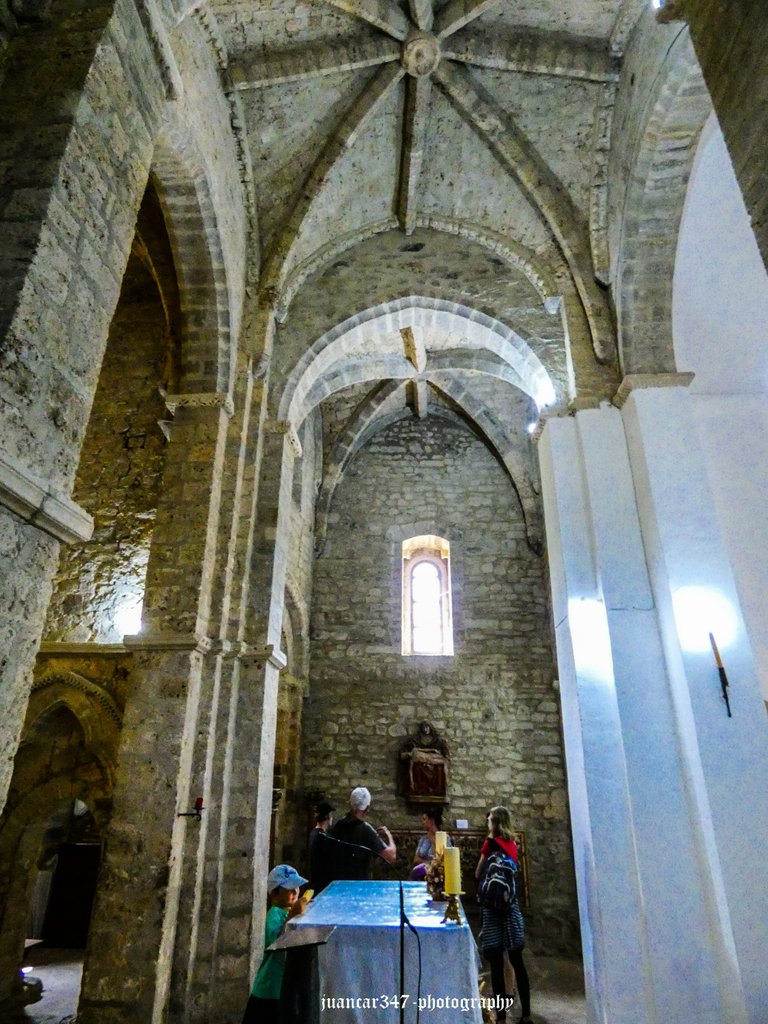
But, possibly, what most attracts the traveler's attention, especially if his eye already knows part of the formidable Romanesque of Palencia, is the great precision and beauty of the fantastic external sculpture, where centaurs, mermaids and other references abound. playful, based on mythology, without forgetting, as a common theme, the allusions to the playful life of musicians and dancers, as well as animals and armed men, which form, as a whole, a chronicle, more or less objective, although not exempt of value, of the life and thought of the time.
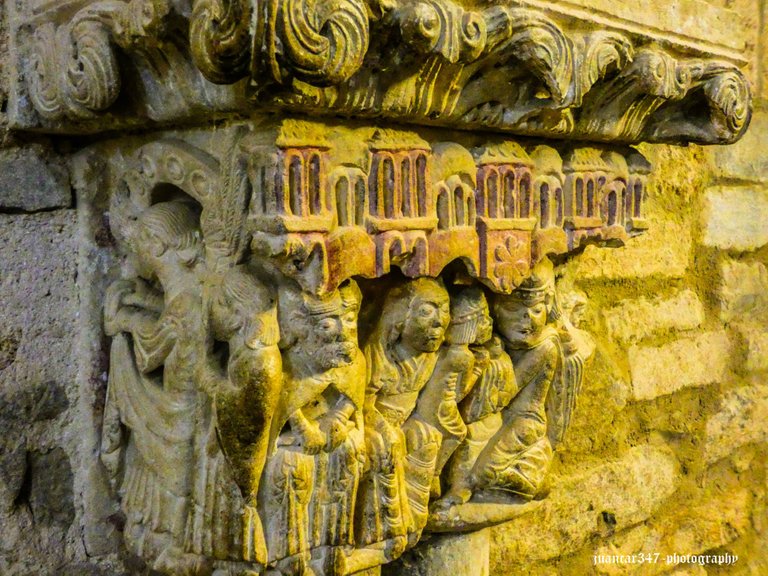
Fantastic bestiaries, then, which, in later centuries, also encouraged the fantasy of modern writers, such as Jorge Luis Borges or L. de Guérin Ricard.
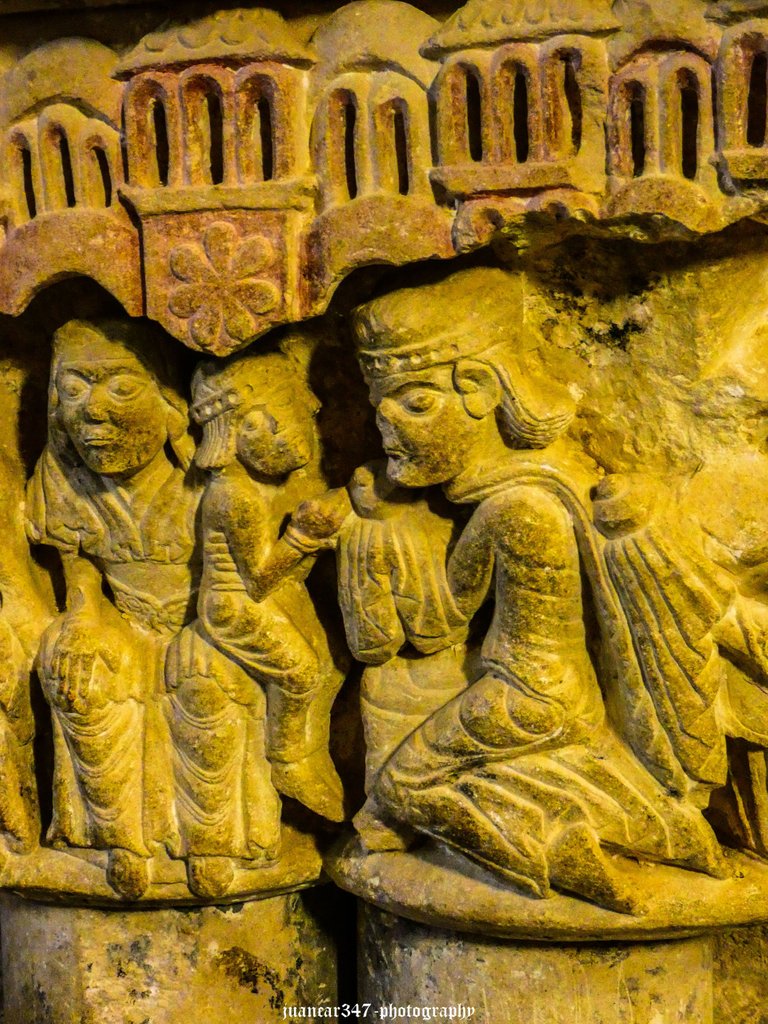
However, and in my modest opinion - with which the next traveler who stops in this fantastic place may agree - the most relevant aspect of the sculpture is located inside the church, above all, in the elaborate capitals that show an unusual Epiphany or Adoration of the Magi - the cup or Grail that King Melchor gives to the Child, reproduces the curious scenes of the paintings of the Romanesque churches of the Aran Valley, where a cloth prevents direct contact of the hand with such a sacred object- and the masterful skill of a vegetal motif, in the shape of a polysquel, which determine the masterful skill of the carver.
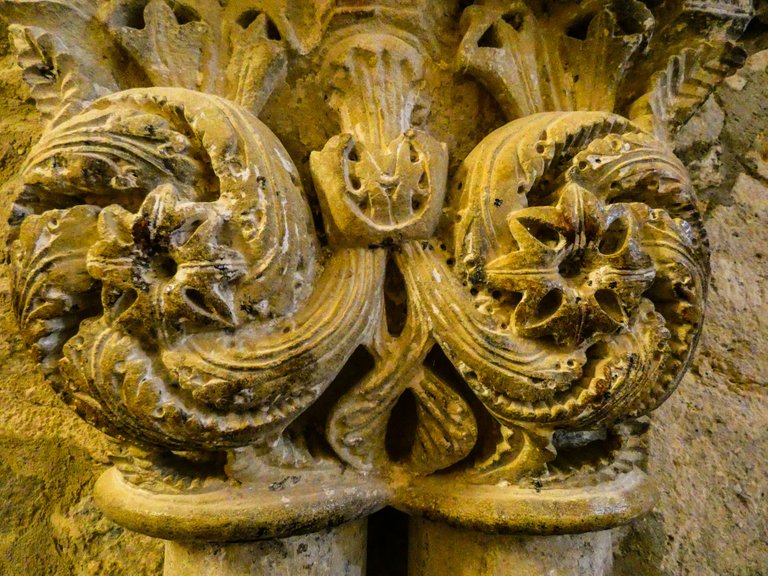
In short: an impressive place, with an exceptional sculpture and most importantly, located in a privileged natural environment, whose beauty will not be indifferent to anyone.
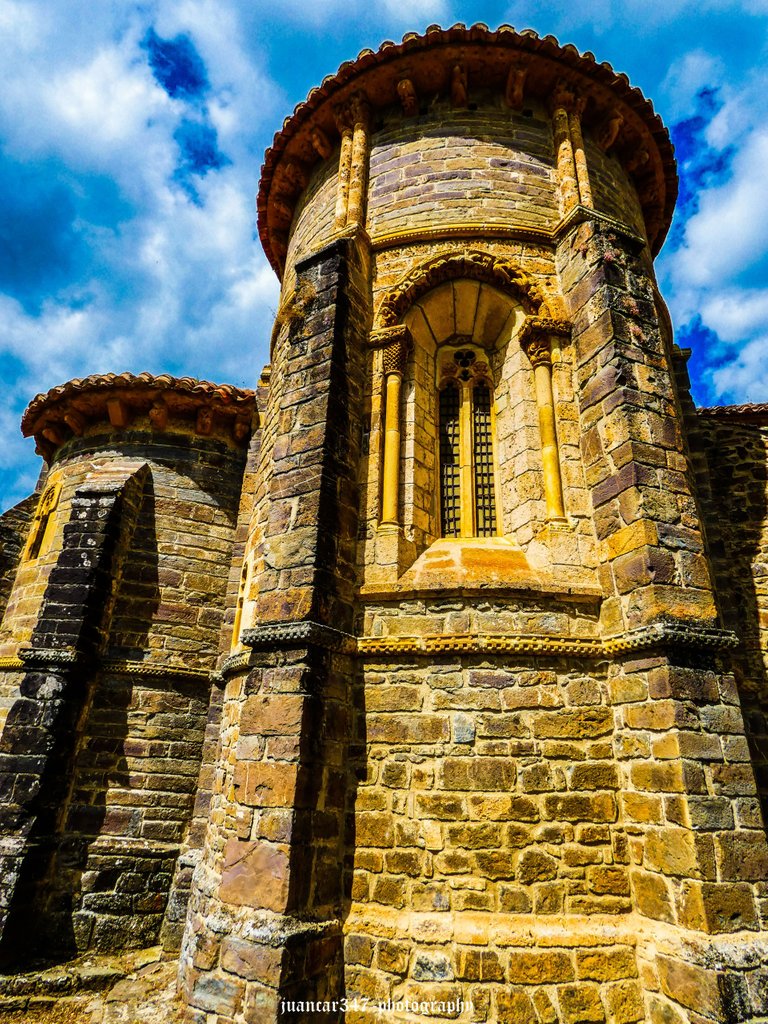
RELATED MOVIE:
NOTICE: Both the text and the photographs that accompany it, as well as the video that illustrates it, are my exclusive intellectual property and, therefore, are subject to my Copyright.
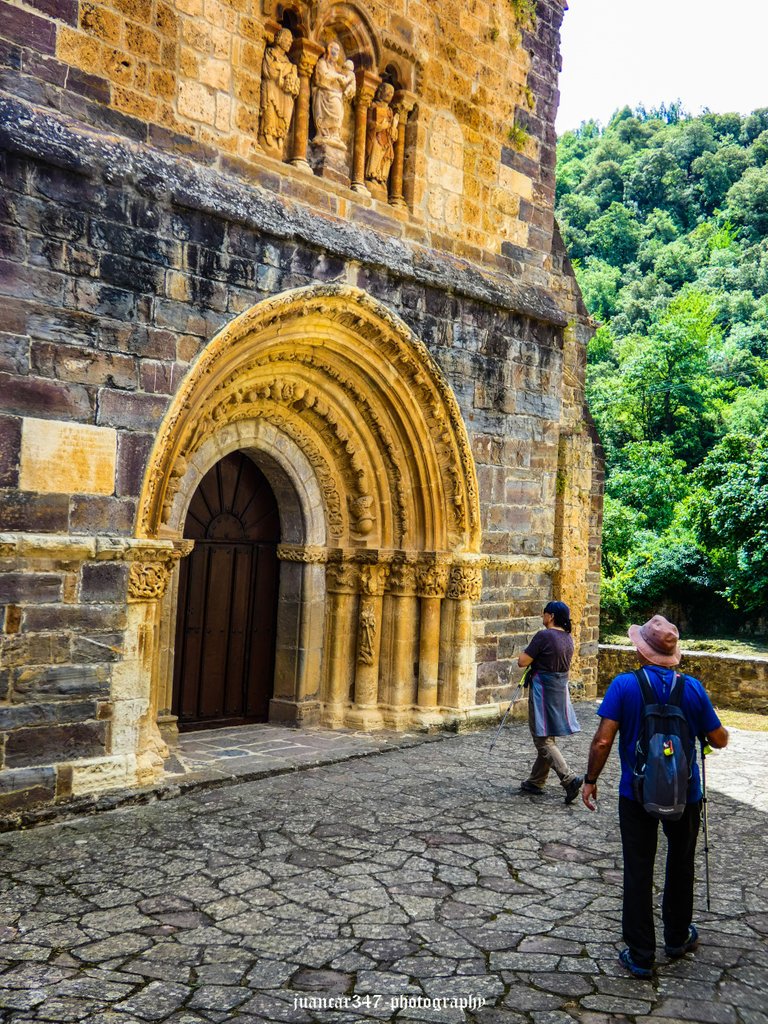
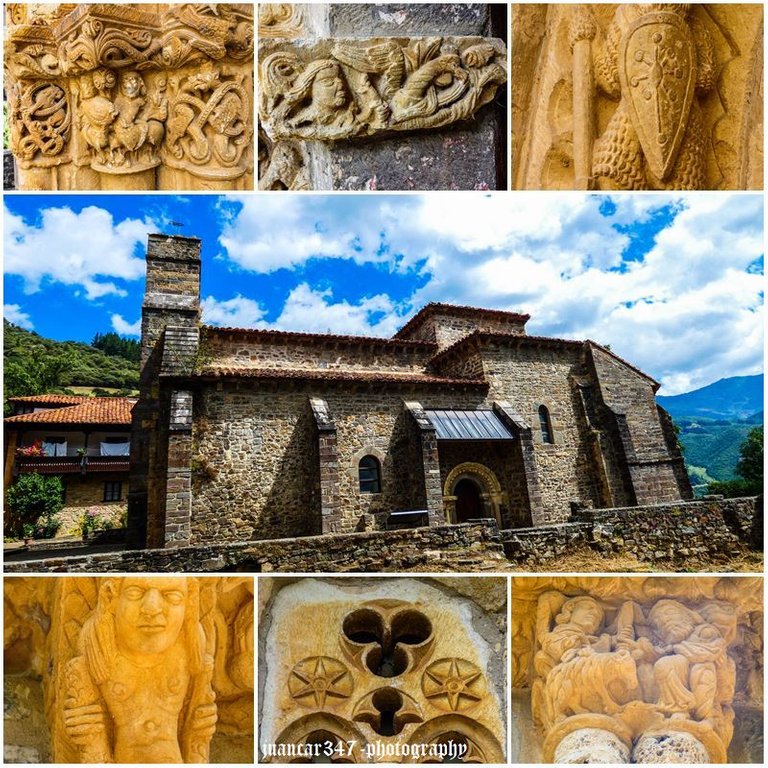
Congratulations @juancar347! You have completed the following achievement on the Hive blockchain And have been rewarded with New badge(s)
Your next payout target is 42000 HP.
The unit is Hive Power equivalent because post and comment rewards can be split into HP and HBD
You can view your badges on your board and compare yourself to others in the Ranking
If you no longer want to receive notifications, reply to this comment with the word
STOPTo support your work, I also upvoted your post!
Check out our last posts:
Thank-you very much
That's great @juancar347! We're thrilled with your progress on Hive! Don't stop before achieving this new goal!
Congratulations, your post has been added to Pinmapple! 🎉🥳🍍
Did you know you have your own profile map?
And every post has their own map too!
Want to have your post on the map too?
Thank-you
Es un sitio increíble, @juancar347.
El bestiario... Impresionante.
La zona de los Picos de Europa, te aseguro, estimada @adncabrera, que es un verdadero universo por descubrir. Todas estas tallas que se localizan en esta iglesia (lo que queda del antiguo monasterio dúplice) son de una finura y calidad extraordinarias, sobre todo las parejas de centauros luchando o las sirenas, aunque, como digo en el post, prefiero, por su delicadeza y su misterio, las de la Epifanía y aquella otra con motivos foliáceos, que está enfrente de ésta. Los bestiarios medievales, son como la lectura del Quijote: siempre llevan dobles significados. Muchas gracias por tu comentario y un cordial saludo.
Gracias, por amolar la descripción en tu respuesta @juancar347. Amo los universos fantásticos y sus pobladores. Tú eres un guía excepcional. Un abrazote.
Gracias a ti por tu interés. Un fuerte abrazo
There is so much history about this place. I love how the structure is being built. the details are exquisite.
It is possibly one of the most spectacular and interesting architectural elements of Romanesque origin in the area. Thank you very much for your comment and best regards
Woooow 🫶🏻
Thank-you
A church?
This looks very beautiful
Indeed, a church. But not just any church, but one that has been standing for more than a thousand years, which is said to be soon. Thank you for your comment and best regards.
Congratulations @juancar347! You received the biggest smile and some love from TravelFeed! Keep up the amazing blog. 😍 Your post was also chosen as top pick of the day and is now featured on the TravelFeed.io front page.
Thanks for using TravelFeed!
@for91days (TravelFeed team)
PS: You can now search for your travels on-the-go with our Android App. Download it on Google Play
Thank-you very much
Vi el vídeo , escuché los pájaros y el sonido del viento , los diseños que muestras en las columnas y en los arcos son muy bien trabajados , me explico , para esculpir en estos lugares las imágenes una persona debe estar sobre algo , bueno es lo que pienso , sin duda la arquitectura de el lugar es magnífica , generalmente te digo esto pero no puedo dejar pasar algo así
Esos diseños, por decirlo de alguna manera, eran 'el libro de la época', su función era 'educativa'. Pero a la vez, tenían su importancia funcional y técnica: en el caso de los capiteles, servían como apoyo para la colocación de los cimacios, arquivoltas y tímpanos de las puertas de acceso al templo. Y en el caso de los canecillos, eran piezas imprescindibles, pues servían de apoyo a los tejados. Todo, como ves, tenía su función, su importancia y también, sus dobles sentidos. Muchas gracias por tu comentario y un cordial saludo.